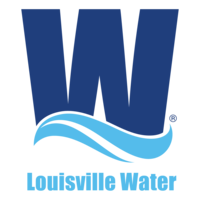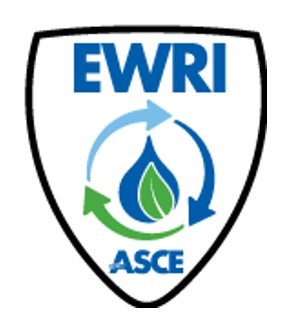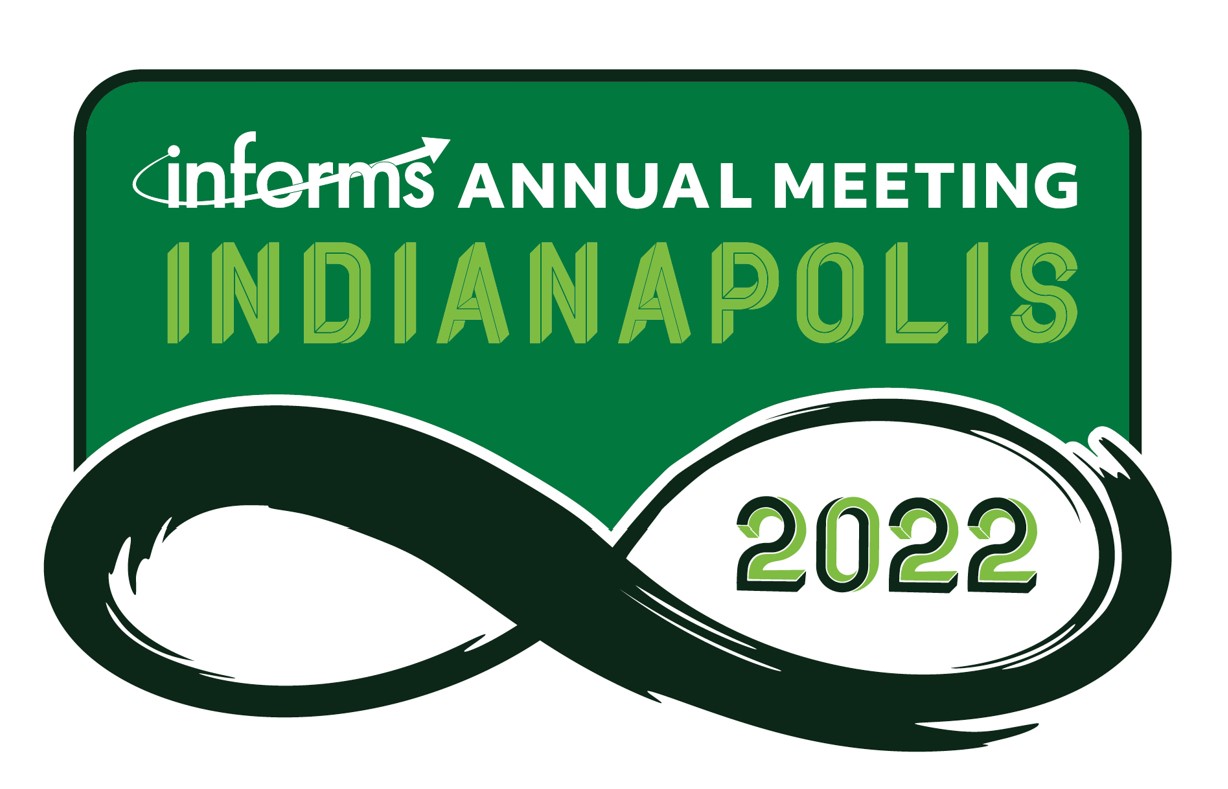2024

Monitoring and Control of Quality Dynamics for Resilient Drinking Water Networks
Salma M. Elsherif
Talk at Louisville Water Company

Water Quality Controllability Metrics, Limitations, and Hydraulic Dependencies
Salma M. Elsherif, Mohamad H. Kazma, Ahmad F. Taha, Ahmed A. Abokifa
EWRI Congress 2024

On Placement of Water Quality Sensors for Nonlinear Multi-Species Models in Drinking Networks
Mohamad H. Kazma, Salma M. Elsherif, Ahmad F. Taha
EWRI Congress 2024

Smarter Pump Scheduling Can Improve Water Quality Dynamics in Distribution Networks
Salma M. Elsherif, Mohamad H. Kazma, Ahmad F. Taha
EWRI Congress 2024
2023

Model Order Reduction of Nonlinear Multi-Species Water Quality Dynamics
Salma M. Elsherif, Ahmad F. Taha, Ahmed Abokifa, Lina Sela
EWRI Congress 2023
2022

Investigating Observability and Controllability of Water Quality Dynamics in Water Networks
Salma M. Elsherif, Ahmad F. Taha
INFORMS Annual Meeting, IN 2023